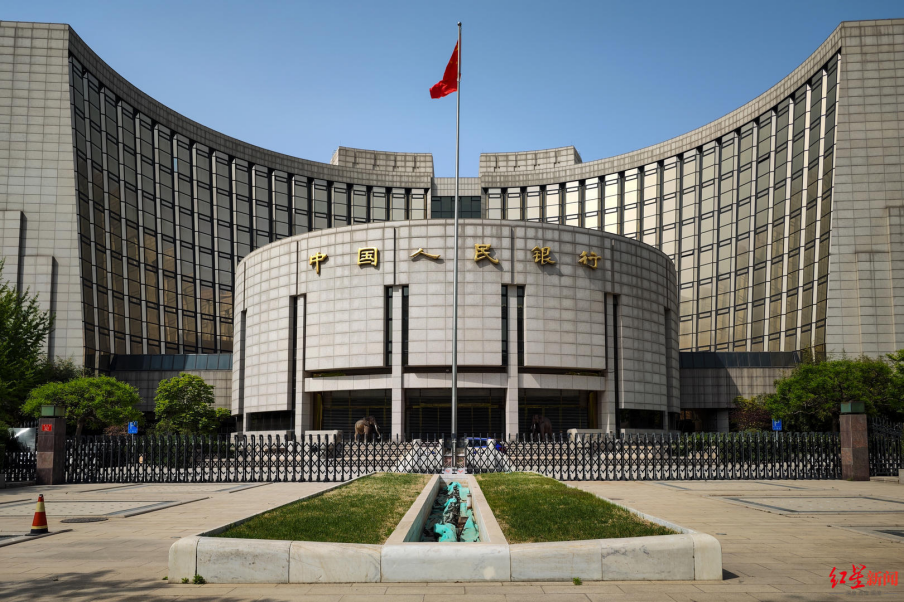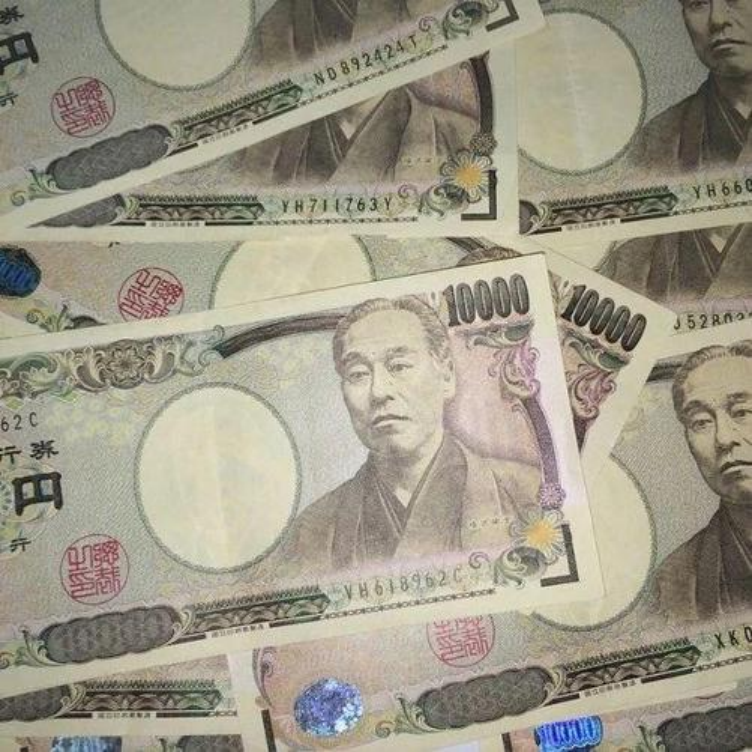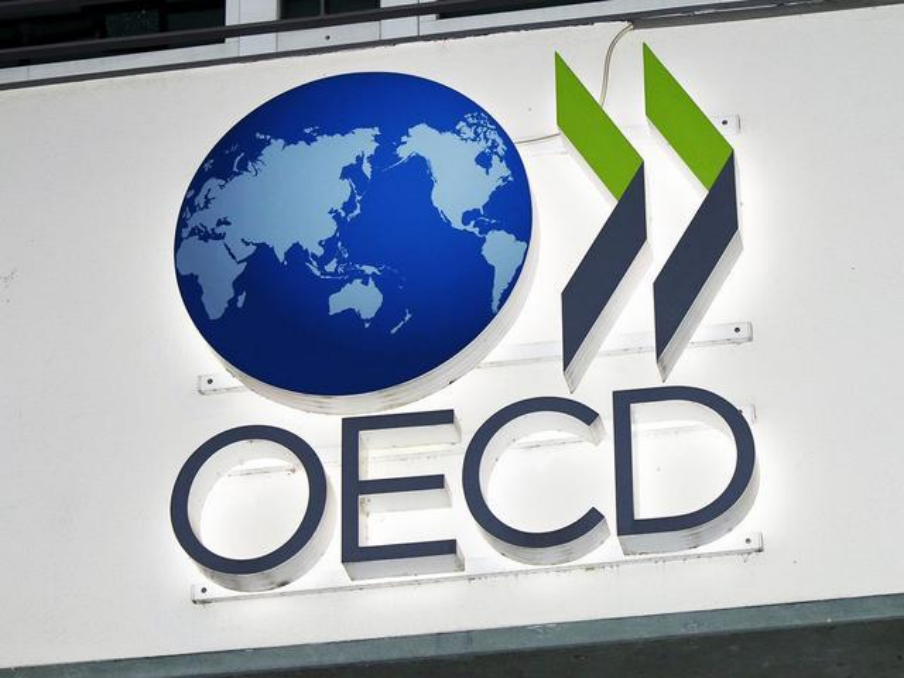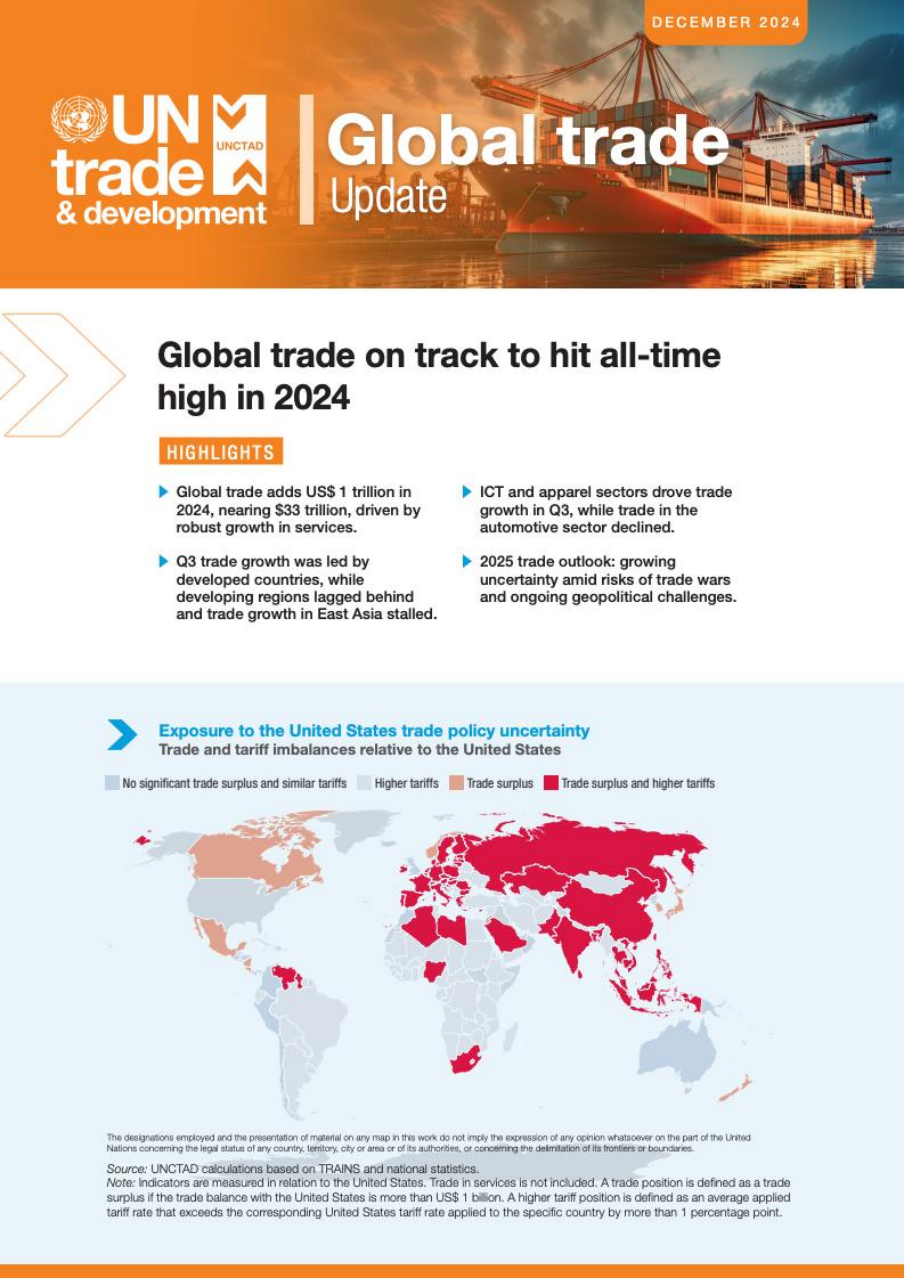HOME>NEWS CENTER>Newsletters
IFF Newsletter | China's Economy Starts Positively in 2025
TIME:2025-03-20

From the Editor

China's Digital Industry Reports Revenue, Profit Growth in 2024

China’s Economy Gets Off to Positive Start in 2025

China Records Net Inflow of Cross-border Capital in February

China Sets Out Plan to ‘Vigorously Boost’ Consumption


Newsletter
International News
BOJ Maintains Policy Rate at 0.5% Amid Trade Policy Concerns

Retail Sales Stumble, Consumer Confidence Falters in US


Global Trade Hits Record 33 Trillion USD in 2024 - UN Report

Global oil demand forecasts unchanged for 2025, 2026 - OPEC


